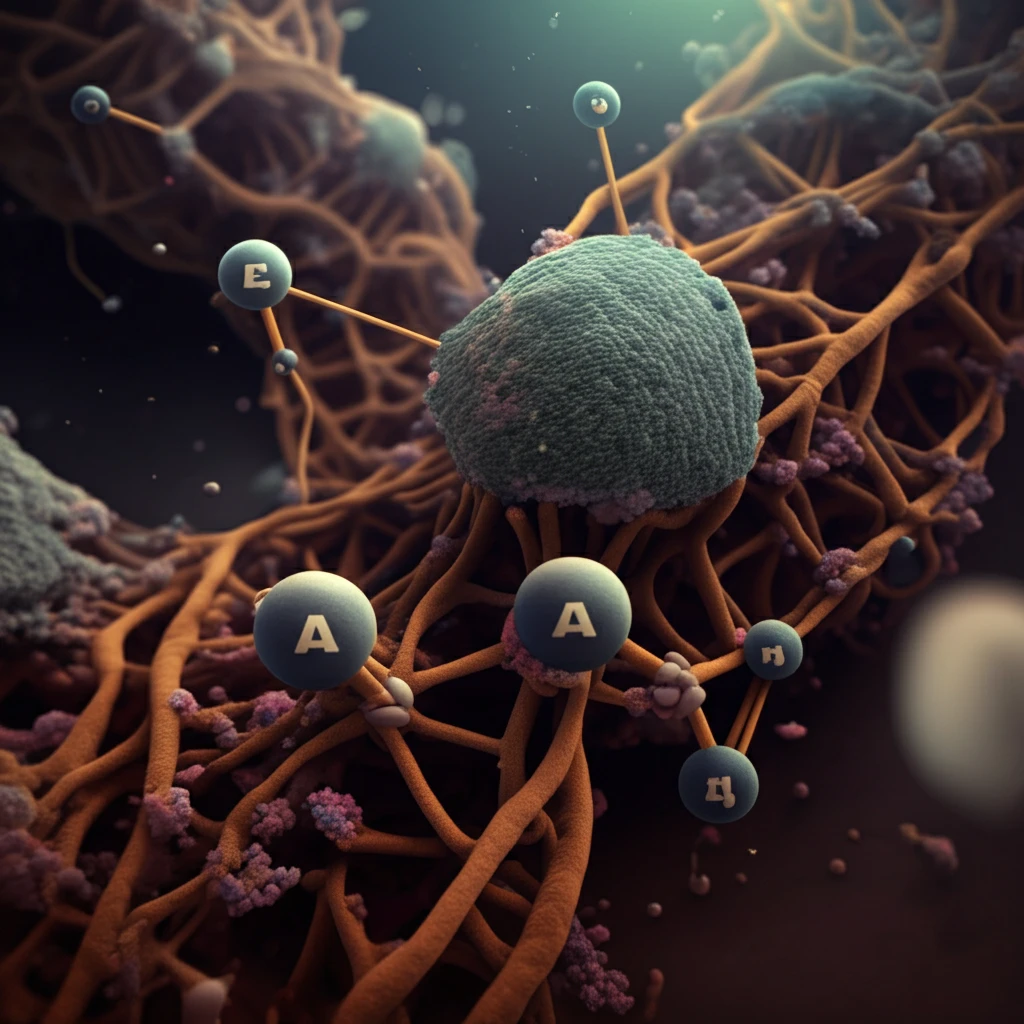
Clean Water Revolution: How Affordable Composites Are Beating Nanotech in Arsenic Removal
"Discover how scientists are revolutionizing water purification with sustainable, microstructure-based composites, outperforming traditional nanotechnology in the fight against arsenic contamination."
Access to clean water is one of the most pressing global challenges, with arsenic contamination affecting millions worldwide. Arsenicosis, recognized for over a century, continues to threaten communities through contaminated water sources. Traditional methods of arsenic removal often fall short due to cost, inefficiency, or sustainability issues, highlighting the urgent need for innovative and affordable solutions.
In response to this crisis, scientists are exploring advanced materials for water purification. Among these, adsorption-based technologies have gained significant attention for their potential to effectively remove arsenic. Recent research has focused on developing composite materials that combine the benefits of natural substances with advanced functionalities, offering a promising path towards sustainable and accessible clean water.
This article delves into a groundbreaking study that introduces a novel approach to arsenic removal using microcellulose-reinforced composites. These materials, designed with specific microstructures, have demonstrated remarkable performance in adsorbing both As(III) and As(V) species, surpassing traditional nanostructured materials. We'll explore the science behind this innovation, its implications for global health, and the potential for a cleaner, safer water future.
Why Microstructures Outperform Nanostructures in Arsenic Removal

The new study introduces functionalized microcellulose-reinforced 2-line ferrihydrite composites for arsenic removal. The composite materials, created using a green synthesis method, result in granular media that exhibit high mechanical strength and rapid adsorption kinetics across a broad pH range. This makes them effective regardless of the presence of other interfering ions in the water.
- High Adsorption Capacity: The composites exhibit excellent adsorption capacities for both As(III) and As(V), two common forms of arsenic found in contaminated water.
- Green Synthesis: The method used to create the composites is environmentally friendly, reducing the environmental impact of the purification process.
- Mechanical Strength: The granular structure of the composites provides high mechanical strength, ensuring durability and longevity in practical applications.
- Wide pH Range Effectiveness: The composites function effectively across a wide pH range, making them suitable for various water conditions.
- Resistance to Interfering Ions: The presence of other ions in the water does not significantly affect the performance of the composites, ensuring reliable arsenic removal in real-world scenarios.
A Sustainable Future: Affordable Composites for Clean Water
The development of microcellulose-reinforced ferrihydrite composites represents a significant step forward in the fight against arsenic contamination. By offering a sustainable, affordable, and highly effective solution, this research has the potential to transform water purification efforts worldwide. As we continue to face the challenges of global water scarcity and contamination, innovations like these provide hope for a cleaner, healthier future for all.
